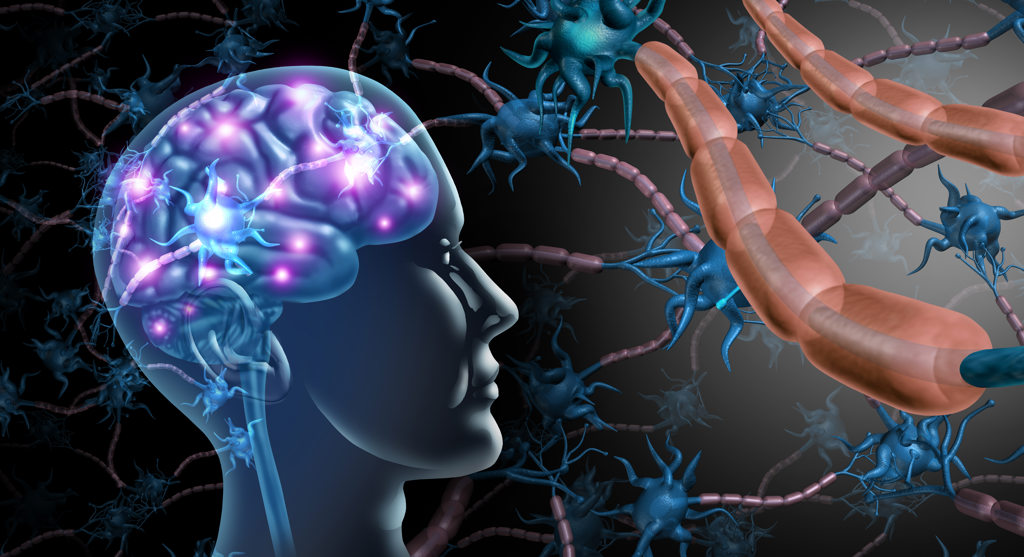
Recognizing the early warning signs of multiple sclerosis
Commonly called MS, multiple sclerosis is the most widespread disabling neurological condition of young adults around the world, with approximately 1 million people in the U.S. living with the disease. MS symptoms usually appear when a person is between the ages of 20 and 40; however, the disease can also occur in young children and older adults. Since there is no cure for MS, the most effective treatments are aimed at slowing down its progression, which makes recognizing the early warning signs an important part of managing life with MS.
What is multiple sclerosis (MS)?
“Multiple sclerosis is a disease that affects the central nervous system, which includes the brain and the spinal cord,” said Oksana Palatna, DO, neurologist with Penn Highlands Neurology and medical director of the Neurology Department. “It disrupts the signals that carry information to and from the brain, making its symptoms very unpredictable.”
While scientists don’t know what causes MS, we know that it occurs when the immune system attacks the myelin, a protective sheath that covers the nerve fibers in the brain and spinal cord. The resulting inflammation destroys the myelin and disrupts the communication processes carried out by the nerve fibers.
What are the symptoms of MS?
Most people with MS have relapse-remitting multiple sclerosis. This means that they experience symptoms that develop over days or weeks and then partially or completely improve. Remission can last for weeks or months before a relapse occurs and symptoms develop again.
“Because MS interrupts how the brain communicates with the rest of the body, symptoms vary widely among patients,” said Dr. Palatna. “Some people may lose the ability to walk, while others may experience remission and not experience any symptoms for weeks or months.”
While the symptoms vary based on how much damage is done and the specific nerves that are affected, symptoms often affect movement, including numbness or weakness in one or more limbs, electric-shock sensations that occur within certain neck movements, and tremors or lack of coordination. Individuals with MS may also experience vision problems, such as blurred vision, double vision or a partial or complete loss of vision.
What are the early warning signs of MS?
Women are two to three times more likely to develop MS than men. Caucasians, especially those of European or Scandinavian ancestry, are also at a much greater risk of MS than those of African heritage.
For many people, the early symptoms will last for 24 hours and may include just one symptom or several. Knowing the early warning signs will help you know when to talk to your doctor about the possibility of MS.
Early warning signs of MS:
- Unusual sensations, such as itching, burning, stabbing or tearing pains.
- Dizziness or lack of coordination.
- Eye problems.
- Muscle spasms.
- Bladder and bowel problems.
- Fatigue.
- Speech problems.
- Sexual troubles.
- Shakes and tremors.
- Trouble learning or problem solving.
When should you see a doctor?
If you experience any of the above symptoms for an unknown reason, you should talk to your doctor. The diagnosis is made based on patient symptoms, history, MRIs and lumbar puncture.
“Multiple sclerosis is a frightening diagnosis because it is so unpredictable. But fortunately, we have treatments that can manage symptoms, speed up recovery after attacks and slow the progression of the disease,” said Dr. Palatna.
Penn Highlands Neurology provides specialized care to patients suffering from disorders of the brain and nervous system, ranging from multiple sclerosis and migraine headaches to seizures and Parkinson’s disease. Neuropsychological assessments can be performed for adults through Penn Highlands Behavioral Health Services and Penn Highlands Neurology. For more information, visit www.phhealthcare.org/neurology.

